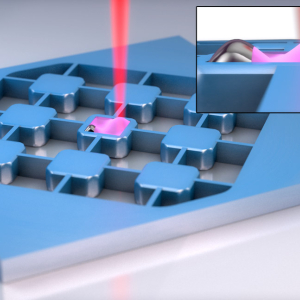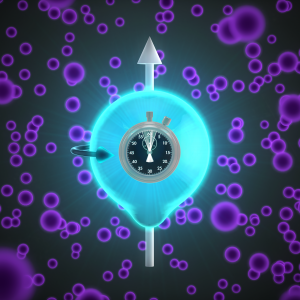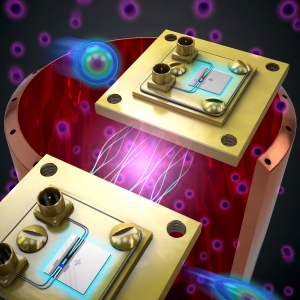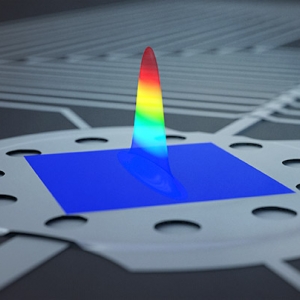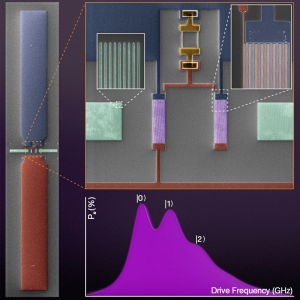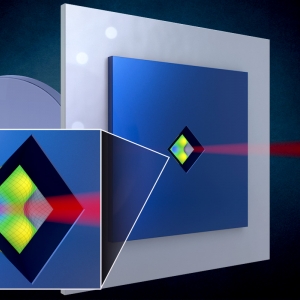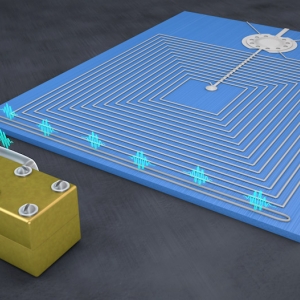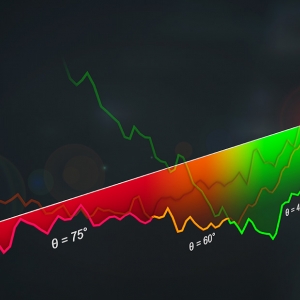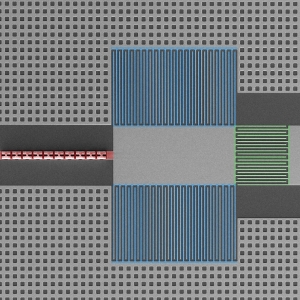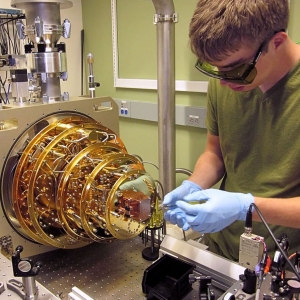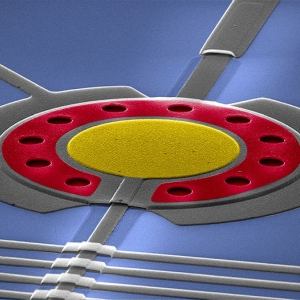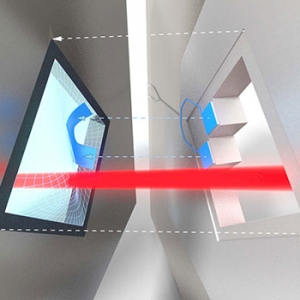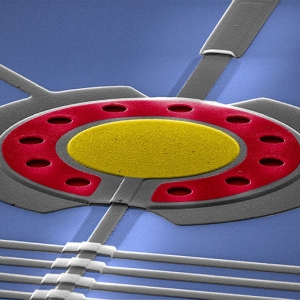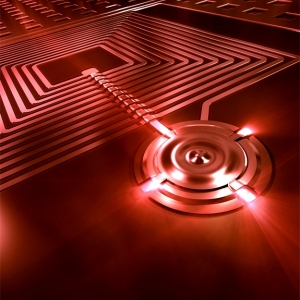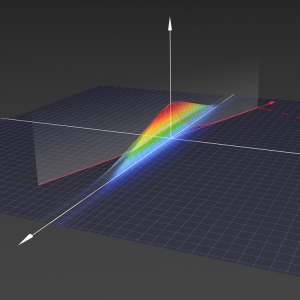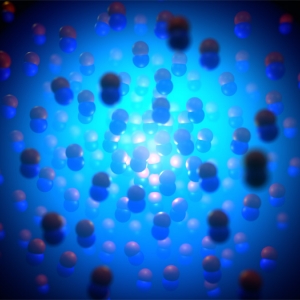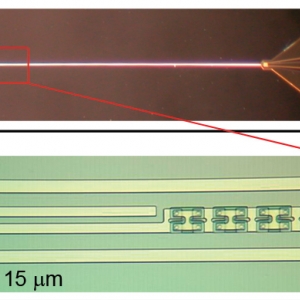Research Highlights
Precision Measurement | Quantum Information Science & Technology
Connecting Microwave and Optical Frequencies through the Ground State of a Micromechanical Object
Published:
PI: Cindy Regal | PI: Konrad Lehnert
Precision Measurement | Quantum Information Science & Technology
New Research Reveals A More Robust Qubit System, even with a Stronger Laser Light
Published:
PI: Cindy Regal | PI: Konrad Lehnert
Precision Measurement | Quantum Information Science & Technology
Wiggles in Time: The Search for Dark Matter Continues
Published:
PI: Jun Ye | PI: Eric Cornell | PI: Konrad Lehnert
Astrophysics | Precision Measurement | Quantum Information Science & Technology
Scientists develop new, faster method for seeking out dark matter
Published:
PI: Konrad Lehnert
Precision Measurement | Quantum Information Science & Technology
Drumming to the Heisenberg Beat
Published:
PI: Konrad Lehnert
Precision Measurement | Quantum Information Science & Technology
Counting the quietest sounds in the universe
Published:
PI: Konrad Lehnert
Quantum Information Science & Technology
Quiet Drumming: Reducing Noise for the Quantum Internet
Published:
PI: Cindy Regal | PI: Graeme Smith | PI: Konrad Lehnert
Nanoscience | Quantum Information Science & Technology
A New Quantum Drum Refrain
Published:
PI: Konrad Lehnert
Precision Measurement
The Chameleon Interferometer
Published:
PI: Cindy Regal | PI: Konrad Lehnert
Nanoscience | Precision Measurement | Quantum Information Science & Technology
How Cold Can a Tiny Drum Get?
Published:
PI: Cindy Regal | PI: Konrad Lehnert
Nanoscience | Quantum Information Science & Technology
Dancing to the Quantum Drum Song
Published:
PI: Konrad Lehnert
Quantum Information Science & Technology
Good Vibrations: The Experiment
Published:
PI: Cindy Regal | PI: Konrad Lehnert
Quantum Information Science & Technology
This is the Dawning of the… Age of Entanglement
Published:
PI: Konrad Lehnert
Nanoscience | Quantum Information Science & Technology
The Quantum Drum Song
Published:
PI: Konrad Lehnert
Atomic & Molecular Physics
Redefining Chemistry at JILA
Published:
PI: Deborah Jin | PI: Jun Ye | PI: Konrad Lehnert
Precision Measurement
Nanomeasurement is a Matter of the Utmost Precision
Published:
PI: Konrad Lehnert
Nanoscience | Precision Measurement
All Quiet on the Amplifier Front
Published:
PI: Konrad Lehnert





